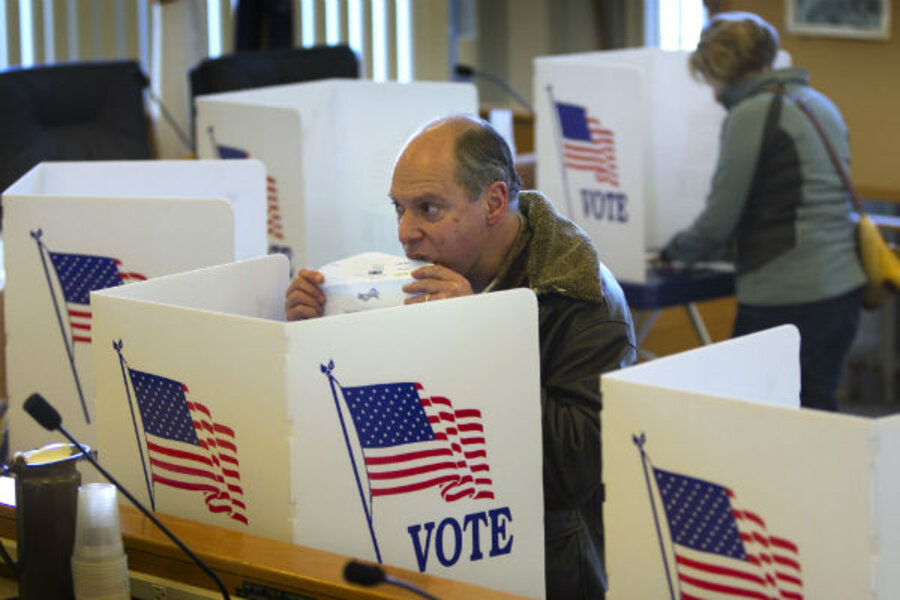Maine was the first state to institute same-day registration in 1973, which is a main reason for its 62.1 percent average turnout. But not all politicians support the policy.
Republicans in the state legislature amended the state’s voter registration laws, requiring that new voters register two business days before the election. Gov. Paul LaPage approved the amendment in June 2011.
But opponents of the amendment – forming the Protect Maine Votes coalition – worked to put a question on the 2011 referendum ballot, gathering more than 70,000 signatures in less than a month, according to the Bangor Daily News.
Question 1 on the referendum election ballot asked: “Do you want to reject the section of Chapter 399 of the Public Laws of 2011 that requires new voters to register to vote at least two business days prior to an election?”
Mainers voted 60 percent in favor of repealing the amendment, restoring the state’s same-day registration system.
“It’s not just a law,” says Eric Ostermeier of the University of Minnesota. “How the population defended same-day registration speaks to the culture in the state and its pride in high voter turnout.”
In addition to same-day registration, competitive gubernatorial races have also contributed to high voter turnout.
In the 2010 election, independent candidate Eliot Cutler narrowly lost to Governor LaPage. Mr. Cutler lost by 1.7 percentage points, or about 10,000 votes.
“Strong independent candidates in high-profile races are more competitive,” says Ostermeier. “A third-party candidate with a legitimate chance of winning brings out those voters who have been turned off by the increasing polarization of the two-party system.”








